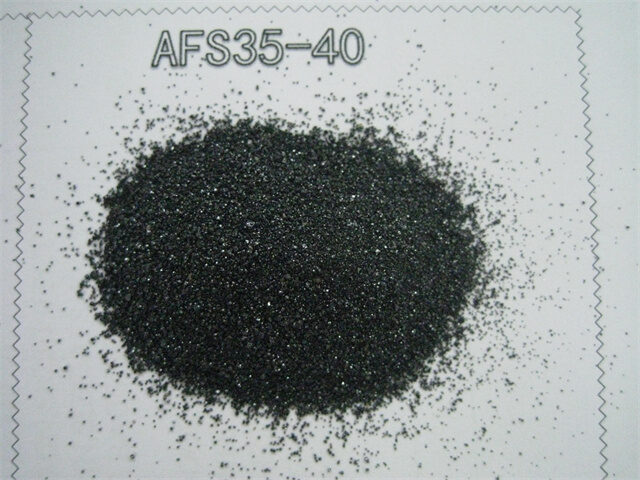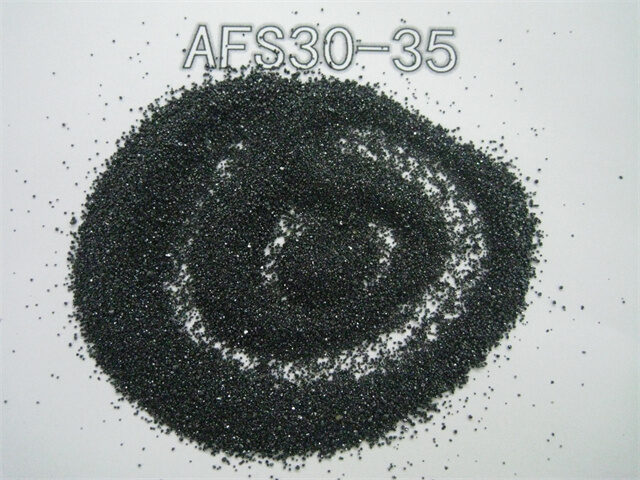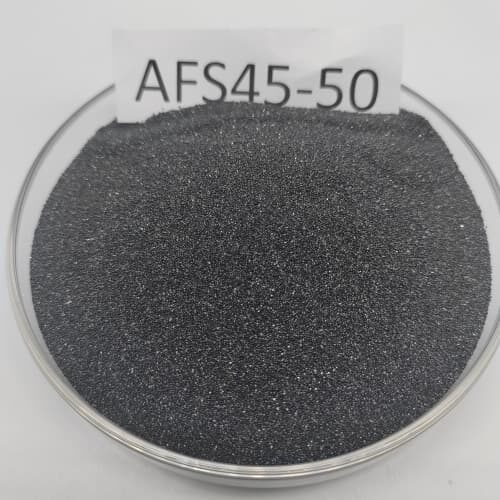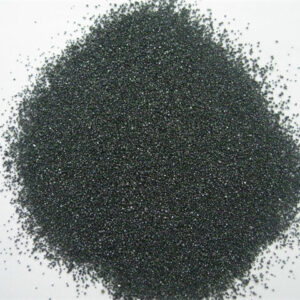Chromite sand AFS35-40 for stainless steel casting
Introduction
Chromite Sand AFS 35-40 is a premium-grade foundry sand specifically engineered to meet the rigorous demands of stainless steel and high-alloy steel casting. Its unique combination of physical and chemical properties makes it an indispensable material for foundries seeking to achieve superior casting quality, minimize defects, and enhance operational efficiency. This naturally occurring chromite spinel, carefully processed and graded to a consistent AFS Grain Fineness of 35-40, delivers exceptional performance in the most challenging casting environments.
Origin: South Africa
PCHEMICAL&PHYSICAL PROPERTIES OF Chromite sand AFS35-40 for stainless steel casting
| Cr2O3 | ≥46.0% |
| SiO2 | ≤1.0% |
| FeO | ≤26.5% |
| CaO | ≤0.30% |
| MgO | ≤10.0% |
| Al2O3 | ≤15.5% |
| P | ≤0.003% |
| S | ≤0.003% |
| Cr/Fe | 1.55:1 |
| Bulk Density | 2.5-3g/cm3 |
| Color | Black |
| PH | 7-9 |
| The amount of the acid | ≤ 2 ML |
| Percent soil | ≤0.1 |
| Percent Moisture | ≤0.1 |
| The sintered | 1600℃ |
| Percentage of free acid present in the sand | 0 |
| Filling density | 2.6g/cm3 |
| Sintering point | > 1,800℃ |
| Melting temperature | 2,180℃ |
AVAILABLE SIZES OF Chromite sand AFS35-40 for stainless steel casting: 0-1mm 1-3mm AFS 25-35 AFS25-30 AFS30-35 AFS35-40 AFS40-45 AFS40-50 AFS45-55
AFS45-50 AFS50-55 AFS55-60 AFS60-65 200mesh 325mesh 400mesh etc
Key Properties and Advantages
-
Excellent Thermal Stability: Chromite sand possesses a very high thermal conductivity, approximately twice that of silica sand. This property allows for rapid heat dissipation from the casting, leading to a significantly finer and more uniform metallurgical structure. The result is a marked reduction in casting defects such as veining, metal penetration, and burn-on, which are common with less stable molding materials.
-
High Refractoriness: With a melting point exceeding 2,150°C (3,900°F), Chromite Sand AFS 35-40 is perfectly suited for the high pouring temperatures of stainless steel alloys. It remains dimensionally stable at extreme temperatures, ensuring that the mold cavity retains its precise shape and integrity throughout the solidification process.
-
Neutral Chemical Behavior: Chromite sand is chemically inert to molten steel and basic slags. This neutrality prevents adverse reactions at the metal-mold interface, which can cause surface defects like friable silicates or poor finish. For stainless steel castings, this is critical for preserving the alloy’s corrosion resistance and achieving a clean, scale-free surface.
-
Low Thermal Expansion: Unlike silica sand, which undergoes a sharp phase transformation and significant expansion at around 573°C, chromite sand exhibits minimal and linear thermal expansion. This characteristic virtually eliminates the risk of mold wall movement and the associated defects like scabbing and rat tails, enabling the production of larger and more dimensionally accurate castings.
-
Optimal Grain Size (AFS 35-40): The controlled AFS 35-40 grain size distribution provides an ideal balance. It offers excellent permeability to allow gases to escape during pouring, while simultaneously delivering a smooth casting surface finish. This fine, yet permeable, structure is ideal for intricate stainless steel components.
Primary Applications
Chromite Sand AFS 35-40 is predominantly used as a facing sand in both green sand and chemically bonded mold systems for stainless steel castings. It is applied in a layer adjacent to the pattern, where the thermal and chemical demands are highest. The backing sand can be a more economical material like silica sand, optimizing cost without compromising quality. It is also extensively used in the production of cores for heavy-section stainless steel castings.







